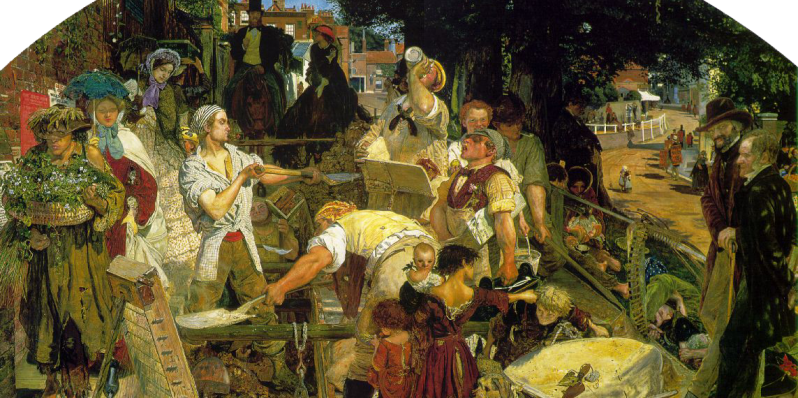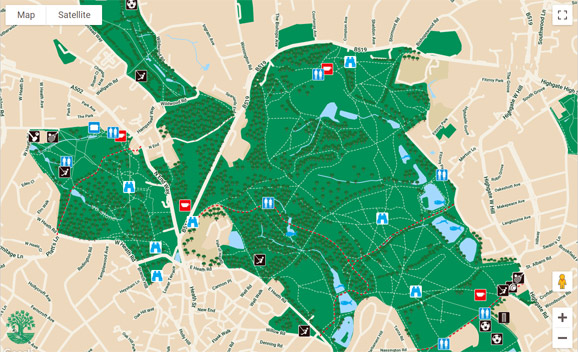Keeping Hampstead Special
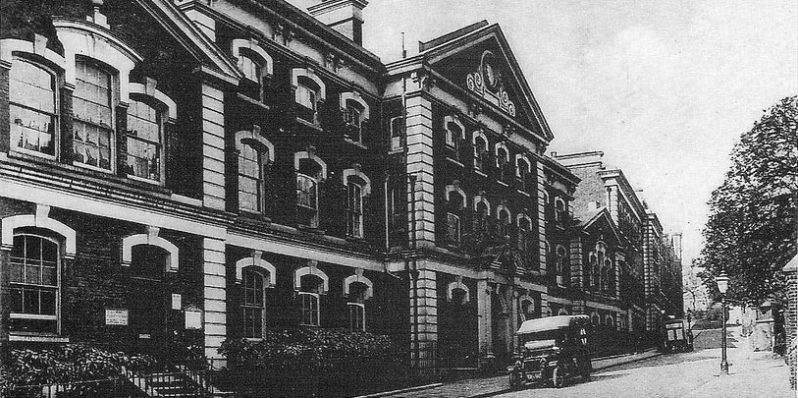
In the late l980s developers applied for permission to raze New End Hospital to the ground. Once again a fine Victorian building seemed doomed to destruction (more…)
Commemorative Plaques in Hampstead
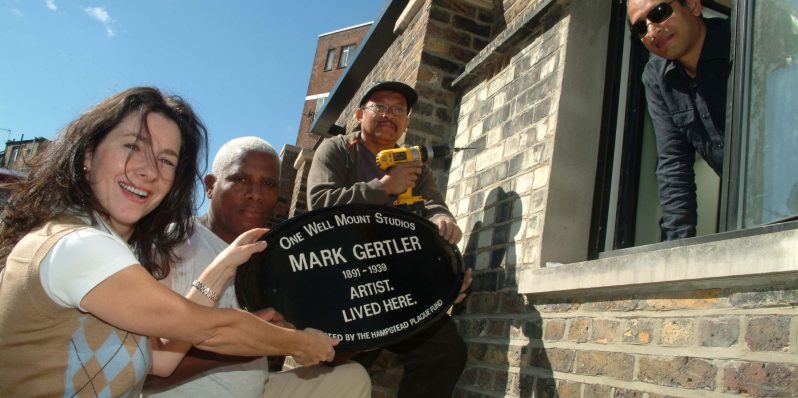
by Juliette Sonabend.
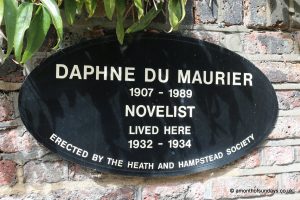 Hampstead has been home to many famous and influential people, from those who have changed the way we think, to those who have changed the way we shop.
Hampstead has been home to many famous and influential people, from those who have changed the way we think, to those who have changed the way we shop.
(more…)
The work of the Town Committee
The Town Committee focuses exclusively on the interests of Hampstead Town, a range of vital and sometimes controversial matters: (more…)
Did you know? – Hampstead in the Domesday Book
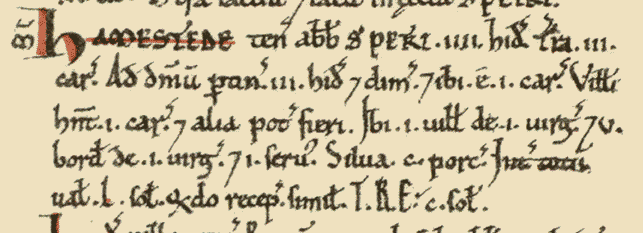
In the Domesday Book Hamestede was valued at 50 shillings – a small farm with pigs and ploughs. (more…)
Did you know? – Hampstead used to be a spa
In the early 1700s Hampstead became a popular spa destination, rivalling both Bath and Tunbridge Wells. It’s bitter ferruginous waters were said to cure gout, gravel, shingles and scrofula.
Did you know? – Music at Fenton House
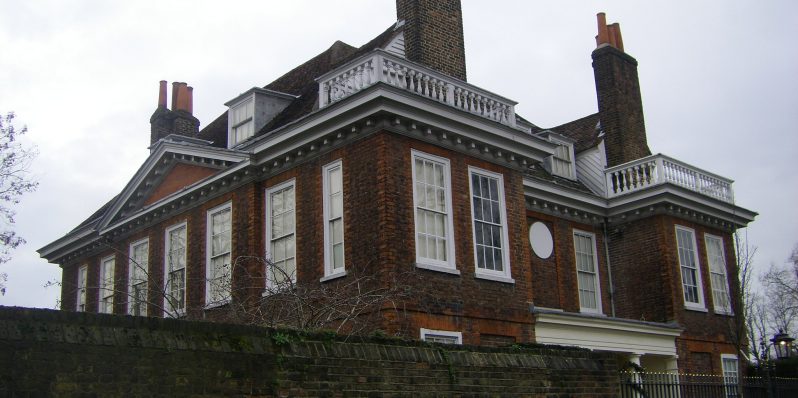
You can listen for free to music played on the country’s finest collections of early keyboard instruments at Fenton House (built c.1698), Hampstead’s oldest house. (more…)
Did you know? – Hampstead Observatory
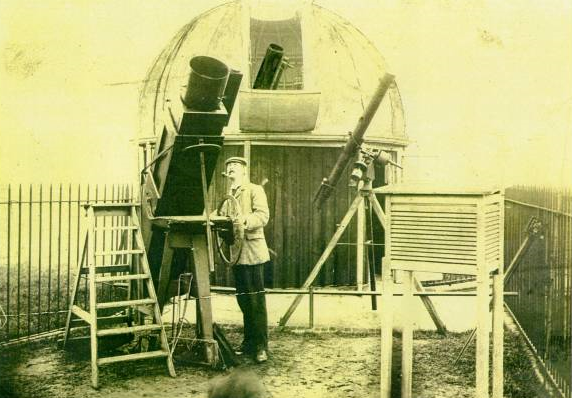
At the village’s highest point Hampstead has its own observatory with a marvellous 6-inch refracting telescope, open and free to public. (more…)
Did you know? – Hampstead in WWII
During WWII the Borough of Hampstead was hit by 467 bombs and missiles and thousands of incendiaries, it suffered 1,134 casualties, of which over 200 were fatal.
Did you know? – Goldfinger
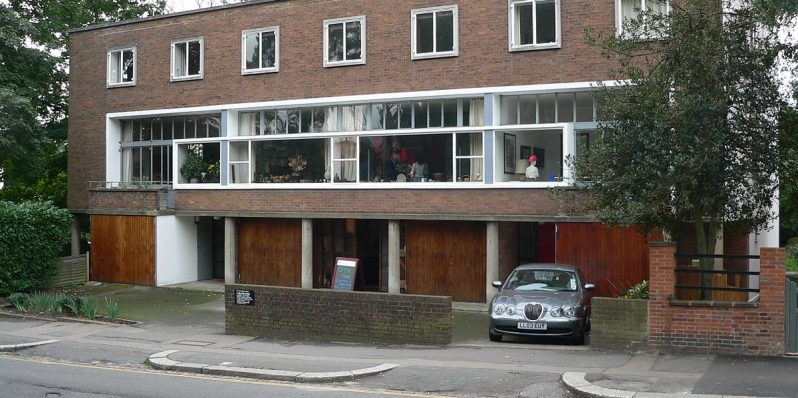
So great was Hampstead author Ian Fleming’s dislike of the modern architectural masterpiece built at 2 Willow Road, he named his most famous villain after the architect: Goldfinger.
